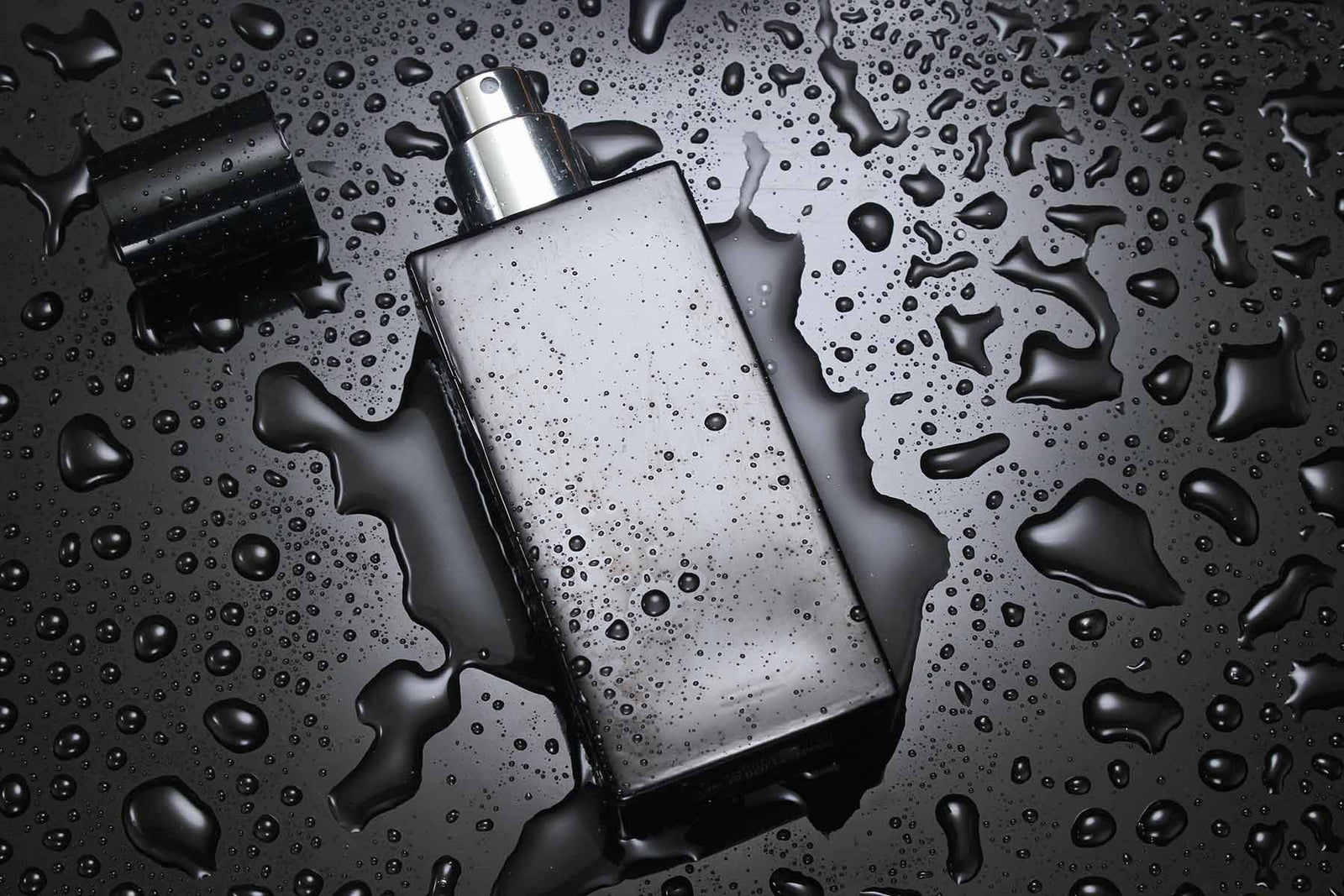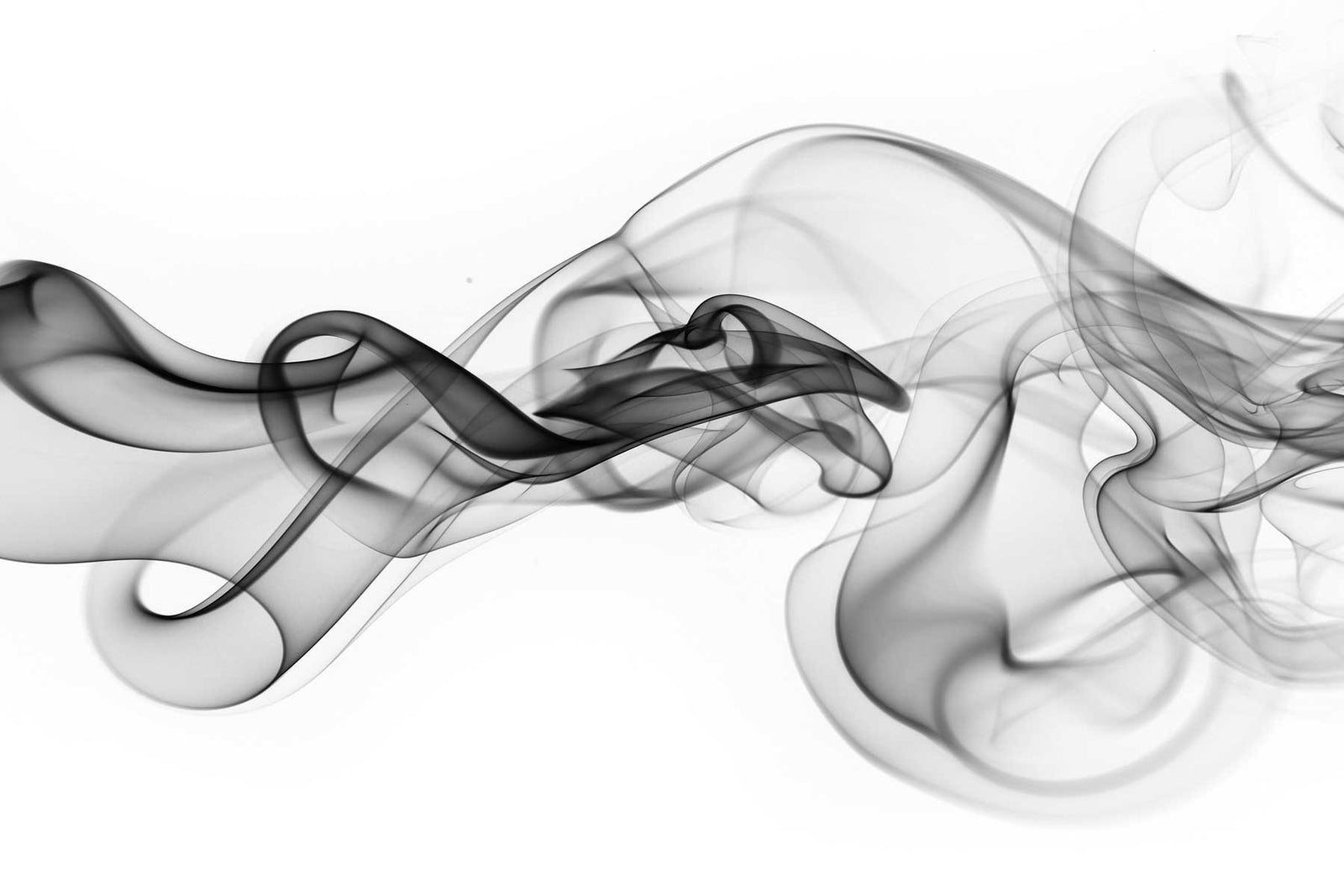Your Cart is Empty
Free Shipping orders over $100 (US only)
Menu

Free Shipping orders over $100 (US only)
Our Fragrances
Understanding Flashpoint
by Nathan Motylinski 3 min read

Understanding Flashpoint
Fragrance oils are widely used in many industries including perfumery, personal care products, and home fragrances. Understanding the flashpoint of fragrance oils is crucial for ensuring safety during handling, storage, manufacturing and application. This article explores the importance of flashpoint in fragrance oils relating to safety precautions and regulatory compliance. Additionally, it delves into the methods used to calculate the flashpoint of fragrance oils, shedding light on the processes involved
1. Safety Considerations: The flashpoint of a fragrance oil determines the temperature at which it can emit vapor that is ignitable when exposed to an open flame or ignition source. Knowledge of the flashpoint is vital for handling fragrance oils safely, as it helps prevent fire hazards and accidents. By understanding the flashpoint, users can take appropriate precautions and avoid exposing the oils to high temperatures or open flames, reducing the risk of ignition and potential harm.
2. Storage and Transportation: Flashpoint information is essential for proper storage and transportation of fragrance oils. Some regulatory bodies and shipping guidelines impose restrictions on flammable substances based on their flashpoint. Knowing the flashpoint ensures compliance with these regulations, enabling safe storage and transportation practices. It helps individuals identify appropriate storage conditions and select suitable packaging materials to mitigate risks associated with flammable substances.
3. Application Suitability: Different applications require fragrance oils with specific flashpoints. For example, when using fragrance oils in candle making, selecting oils with a flashpoint higher than the maximum temperature reached during the candle's burning process is crucial. This ensures that the fragrance oil remains stable and does not contribute to the risk of flammability. Understanding flashpoints aids in determining the suitability of fragrance oils for various applications, preventing potential safety issues.
Fragrances are typically made of many individual ingredients, all of which have a different flashpoint. Any manufacturing process or application that involves heat will experience some level of fragrance loss. This loss usually starts with the ingredients and elements that have a the lowest flashpoint (and highest volatility). For example, in laundry, most low flashpoint ingredients/notes burn off completely in the dryer cycle, which is why it is very difficult to achieve citrus notes out of dryer.
Calculation Methods:
The flashpoint of fragrance oils is typically determined through laboratory testing using standardized methods. The two most common methods employed are the "Pensky-Martens Closed Cup" (PMCC) and the "Tagliabue Open Cup" methods.
1. PMCC Method: The PMCC method involves heating a small sample of the fragrance oil in a closed cup apparatus, gradually increasing the temperature. An open flame or spark is then introduced above the cup at regular intervals. The temperature at which the vapor ignites momentarily is recorded as the flashpoint.
2. Tagliabue Open Cup Method: In this method, a fragrance oil sample is heated in an open cup apparatus. An open flame is passed above the cup, and the temperature at which the vapor ignites is determined as the flashpoint.
Understanding the flashpoint of fragrance oils is crucial for ensuring safe handling, storage, and application. The flashpoint determines the temperature at which a fragrance oil becomes ignitable and helps users mitigate fire hazards and accidents. Compliance with storage and transportation regulations is facilitated by knowledge of the flashpoint. By selecting fragrance oils with suitable flashpoints for specific applications, individuals can ensure safe and optimal usage. Laboratory testing using methods like the PMCC and Tagliabue Open Cup methods enable the accurate determination of flashpoints for fragrance oils. Emphasizing the importance of flashpoint in fragrance oils contributes to responsible and informed usage, prioritizing safety in all aspects of working with these captivating scents.
Leave a comment
Comments will be approved before showing up.
Also in Fragrant Thoughts

Perfume Labeling Requirements: US vs. EU
by Nathan Motylinski 3 min read
cosmetic compliance EU fragrance regulation fragrance allergen disclosure perfume labeling requirements U.S. perfume labeling law
Discover the key differences between U.S. and EU perfume labeling laws. Learn what must appear on fragrance labels, from ingredient lists to allergen disclosure, and get updated on the EU’s expansion from 26 to 80+ fragrance allergens.

ISO 9235 Standard Explained
by Nathan Motylinski 3 min read
clean fragrance fragrance compliance standard ISO 9235 fragrance standard natural fragrance oil plant-based fragrance formulation sustainable perfume ingredients
ISO 9235 is the international benchmark for defining natural fragrance oils and ensuring clarity in plant-based fragrance formulations. If you’re a perfumer, formulator, or brand working in the clean fragrance space, this standard matters.

Fragrance Regulatory: 50 Shades of Grey
by Nathan Motylinski 2 min read
Fragrance safety regulations can be confusing, even for us. While many folks think of IFRA limits as clearly black and white, they are really a constantly changing world of grey.
Read MoreSubscribe
Sign up to get the latest on sales, new releases and more …